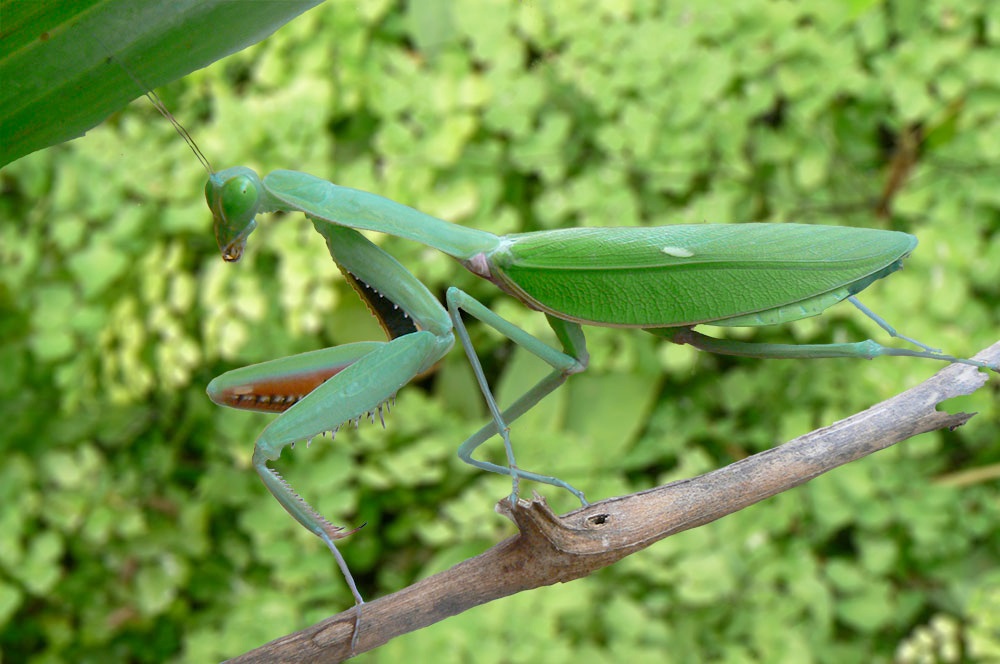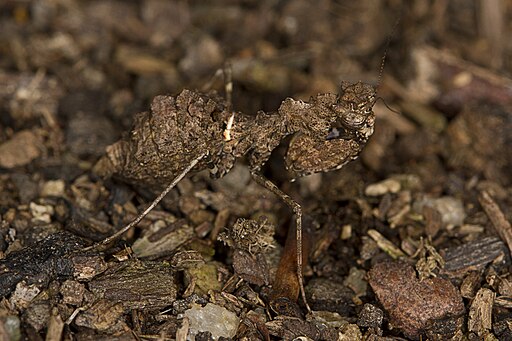25 Orders of Insects: Mantodea


Order Mantodea: Praying mantis
Mantodea
- common name: praying mantis (or sometimes mantid referring to those in the Family Mantidae)
- name comes from the Greek ‘mantis’, which means ‘one who divines, seer, prophet’
- occurs worldwide, about 2000 spp.; 162 Australian species
- found in most habitats; predominantly tropical & subtropical, but species also found in temperate climates; a few boreal species
- predators as both immatures and adults; usually lie in wait for prey
- well camouflaged; mimic leaves, bird droppings, flowers, etc.
- eggs laid in a frothy egg case called an ootheca
“The name ‘praying’ originates from the pose they hold their front legs in – as if they were praying. This name is sometimes confused with the fact that they capture prey and are erroneously referred to as ‘preying’ mantises. Some mantises belonging to the family Mantidae are referred to as mantids; many of Australia’s species belong to this group and hence can be referred to as either praying mantids or praying mantises.” —Alan Henderson

Characteristics of Mantodea
Adults
- Moderate to large (1-15cm);
- Triangular shaped head, highly mobile; large, well-developed compound eyes; three ocelli; filiform antennae
- mandibulate mouthparts, hypognathous
- an elongated narrow prothorax; fore wings form leathery tegmina, hind wings broad; sometimes adults wingless or with reduced wings
- Fore legs spiny and raptorial, mid and hind legs elongate
- abdomen has short cerci
Immatures
- Immature stages (nymphs) resemble small adults without wings.
Defensive mechanisms:
- attack – spines on legs can draw blood
- crypsis
- aposematic coloration
- mimicry
Notes
Mantids are famous for their predatory habit and the way they lunge and grasp their prey. Scientists have studied their use of binocular visual guidance mechanisms to focus on their prey and estimate the strike distance.
Topic review
Do you know…?
- the main anatomical features of preying mantids

